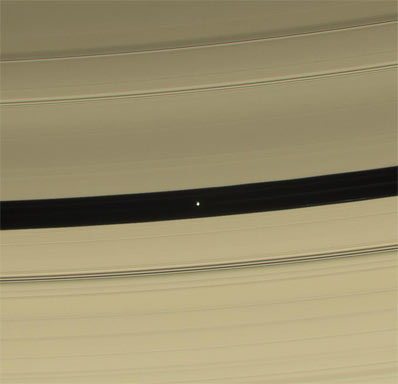
Spaceflight Now +

|

|

|

|

Premium video content for our Spaceflight Now Plus subscribers.

Jupiter flyby preview
 NASA's New Horizons space probe will fly past Jupiter in late February, using the giant planet's gravity as a sling-shot to bend the craft's trajectory and accelerate toward Pluto and the Kuiper Belt. Mission officials describe the science to be collected during the Jupiter encounter during this briefing. NASA's New Horizons space probe will fly past Jupiter in late February, using the giant planet's gravity as a sling-shot to bend the craft's trajectory and accelerate toward Pluto and the Kuiper Belt. Mission officials describe the science to be collected during the Jupiter encounter during this briefing.

 Play Play

The Flight of Sigma 7
 On October 3, 1962, Wally Schirra became the fifth American to rocket into space. This NASA film entitled "The Flight of Sigma 7" explains the 9-hour voyage that gained important knowledge in the Mercury program. On October 3, 1962, Wally Schirra became the fifth American to rocket into space. This NASA film entitled "The Flight of Sigma 7" explains the 9-hour voyage that gained important knowledge in the Mercury program.

 Play Play

STS-109: Extending Hubble's life and reach
 The fourth servicing mission to the Hubble Space Telescope extended the craft's scientific potential with an advanced camera and performed a major overhaul on the orbiting observatory's power system with the installation of new solar arrays and an electrical heart. The crew of space shuttle Columbia's STS-109 mission tell the story of the March 2002 mission in this post-flight highlights film. The fourth servicing mission to the Hubble Space Telescope extended the craft's scientific potential with an advanced camera and performed a major overhaul on the orbiting observatory's power system with the installation of new solar arrays and an electrical heart. The crew of space shuttle Columbia's STS-109 mission tell the story of the March 2002 mission in this post-flight highlights film.

 Play Play

 Become a subscriber Become a subscriber
 More video More video

|

|

|

|
|

|

Pan's progress
CASSINI PHOTO RELEASE
Posted: January 26, 2007

Credit: NASA/JPL/Space Science Institute
Download larger image version here
|
Pan is seen in this color view as it sweeps through the Encke Gap with its attendant ringlets. As the lemon-shaped little moon orbits Saturn, it always keeps its long axis pointed along a line toward the planet. From this vantage point, the dark side of the moon is visible.
This view looks toward Pan (26 kilometers, or 16 miles across) within the Encke Gap (325 kilometers, or 200 miles wide), on the unlit side of the rings, and from an inclination of about 33 degrees above the ringplane.
Images taken using red, green and blue spectral filters were combined to create this natural color view. The image was taken with the Cassini spacecraft narrow-angle camera in December at a distance of approximately 779,000 kilometers (484,000 miles) from Pan and at a Sun-Pan-spacecraft, or phase, angle of 83 degrees. Image scale is 5 kilometers (3 miles) per pixel.
The Cassini-Huygens mission is a cooperative project of NASA, the European Space Agency and the Italian Space Agency. The Jet Propulsion Laboratory, a division of the California Institute of Technology in Pasadena, manages the mission for NASA's Science Mission Directorate, Washington, D.C. The Cassini orbiter and its two onboard cameras were designed, developed and assembled at JPL. The imaging operations center is based at the Space Science Institute in Boulder, Colo.
|

|

|

|
|



